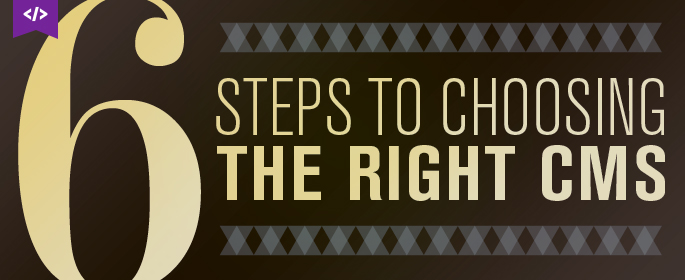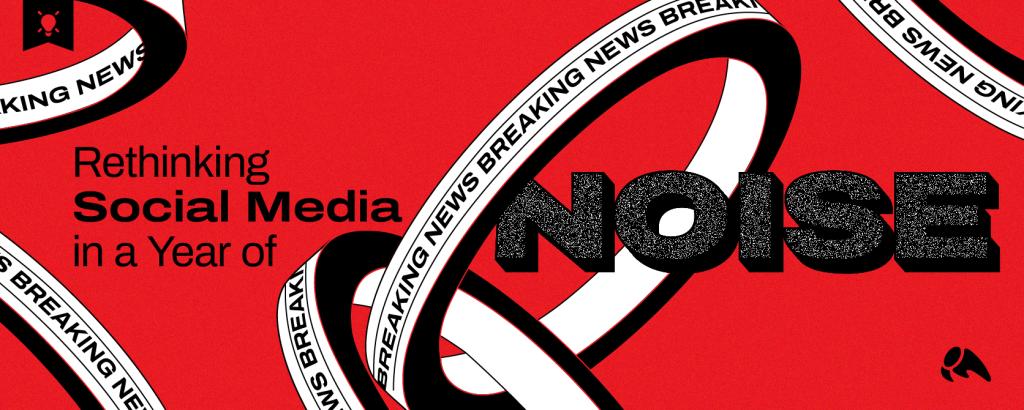
We don’t treat projects with a one-size, fits all mentality. The first step in our marketing process isn’t the one where we assume we know what you want, nor do we tell you what’s best without ever having spoken to you. It just doesn’t work that way within our walls.
Instead, we kick off projects with a Learning & Discovery phase where we stop talking about the project at hand and start talking about you. We listen to your story. And we gather your needs by looking at your big picture and the day-to-day details that you share.
These conversations are used to help us understand:
- Content needs (current and future)
- Analytics requirements
- Brand guidelines
- 3rd party software integrations
- Hosting requirements
- SEO goals
- Larger marketing goals
- And more much more
It is also during this assessment where we begin conversations about the backbone of your site – your Content Management System (CMS).
If you have a CMS, is it the right one?
If you don’t have one, would you benefit from moving to one?
Content Management Systems come in all shapes and sizes but their function is the same. It is a system for publishing, editing and maintaining content from a central interface. The CMS you choose is likely going to be with you for a while, you should make sure it will not only meet your current needs, but will grow with your business in the future.
What should you consider when choosing the right CMS for your needs?
1. How is your current CMS performing (if applicable)?
We’re firm believers in recommending the right tools for the job, the “job” meaning today’s requirements, but also taking the future into consideration. Our conversation around choosing a CMS often starts with the same two questions:
- What are you currently using?
- How is it working for you?
These initial questions have a funny way of sparking more in-depth conversations around server requirements (and restraints), content needs, web admin permission requirements, scalability, SEO, security, commerce, built-in applications, interoperability, support, budgets and long list of other criteria.
Is it a lot to talk about before a recommendation is made? Maybe.
But building in the wrong solution can ultimately cost much more than even the largest web projects, which is why we take planning so seriously. No one wants to put the wrong foot forward. Or burn time redoing what you just spent money doing.
2. The Iron Triangle
(aka the Project Management Triangle
“You can have it good, fast, or cheap. Pick two.” It’s a saying we’re sure you’ve already heard. We have our own little equation we use internally.
Time+ Money+ Scope=Quality.
If you want it, it can almost always be built. However, you need to concentrate on your priorities. Understand what elements are most important to meet your business needs and the relationship that exists in the formula we’ve created above. One side will inevitably affect one, if not both, of the other parts in that equation.
This usually means ongoing conversation with our clients about budget, deadlines, and expectations of quality to make sure this triangle equation equals the definition of quality we have outlined. Defining quality is a discussion in itself.
3. Go open source? Or use a proprietary/licensing solution?
What is the upkeep and ongoing cost of each solution?
An open source system is free, but has implementation costs and should have recommended maintenance budgeted in. Using a proprietary solution may have a larger initial cost, but may have its own limitations.
A good question is how will each recommended solution impact your budget and what does it mean?
A better question is how does each solution fit your particular set of needs?
4. Go standard or go unique?
We also see a difference in the quality of the end product within the varying solutions. Many proprietary systems come with standard functionalities and templates. Do you want to be ‘standard’? Do you have any custom or unique features? What about future possibilities and dreams?
Open source CMS’s are meant to be built upon, which is what we do to provide you a customized solution. For a shop like ours that means non-templated customization. This is crucial. We want to provide you with what suits your needs. We want to provide you with the perfect fitting glove; not OJ’s glove.
5. Ease of use
This is more important than you might think for the contributors and managers of content. Most don’t care about proprietary vs. open source in the way developers and IT folks do. I think that standard argument may be getting old, eh? The most important factor for the client is what I mention above: They care how easy it is to do the job with the tools provided.
6. Need for support
The support argument with enterprise systems: does that really matter? Is the client going to call support ever? Maybe. Maybe not. Open source has a large community of builders, designers and supporters. It’s here to stay and only growing. A concern for many non-dev clients “Am I married to you once you build a site?” We don’t want you to be married to us unless you are happy, if you are not happy you can leave us easily. We don’t have children. We have essentially a structure we built for you, and in all honestly, we built it so that you could stay with us happily, or walk away easily – with the least heart break.
While there are other considerations and ongoing chatter when it comes to picking a content management solution, our process focuses most on your wish list, future plans, and budget. From there onwards, it’s really all exciting.





